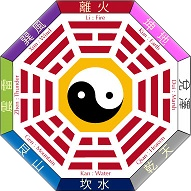
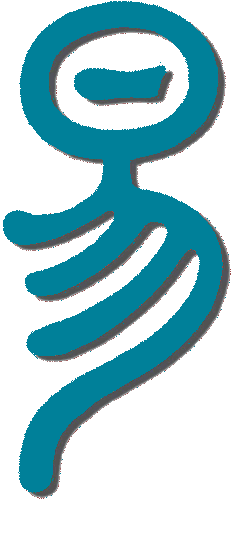
I Ching Explorer

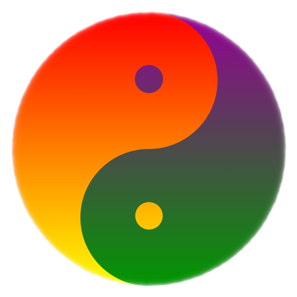
-
☯I Ching Basics
-
☯Consulting I Ching
-
☯Chinese Zodiac
- ☯I Ching & Numerology
-
☯I Ching Resources
-
If you like our web site and find it useful - donate with PayPal to support new development
Casting Techniques in I Ching
Tortoise shells (turtle plastron) and animal bones (for example - pieces of ox scapula) were historically first techniques used to consult I Ching Oracle.
There were strong believes in ancient China that tortoise plays a special role in connecting humans to divine world. Since then, many new advancements have been made in casting technique.
However, regardless of their special features or material differences, all casting methods fall into one of following four casting categories:
* click title of each group below to expand the section.
- Each method in this group casts one line of hexagram (one monogram) at a time. 6 castings needed to get your hexagram.—Monogram-based Techniques
- ☯Yarrow-Stalks Technique

- ☯Classic 3-coins Technique

- ☯Advanced 3-coins Technique

- ☯1-coin Technique

- ☯1-coin & 6-Sided Dice Technique

- ☯1-Coin & 8-Sided Dice Technique

- ☯2-coin Technique

- ☯Advanced 2-Coins Technique

- ☯4-coin Technique

- ☯6-coin Technique

- ☯One 4-Sided Dice Technique

- ☯Two 4-Sided Dice Technique

- ☯One 6-Sided Dice Technique

- ☯One 8-Sided Dice Technique

- ☯One 16-Sided Dice Technique

- ☯“1–3–5–7” Four-Color Cards Technique
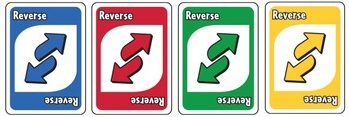
- ☯32 Tarot Cards Technique
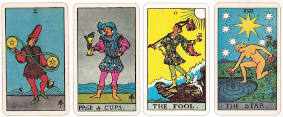
- This group of casing methods produces two lines (one digram) in each elemental casting. So, 3 castings required in total to get the whole hexagram.⚏Digram-based Techniques
- ☯Two Coins Technique

- ☯Two Coins and Dice Technique

- ☯Four Cards (Coins or Gemstones) Technique
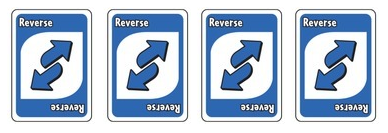
- ☯Four Cards and Dice Technique

- ☯One 4-Sided and One 6-Sided Dice Technique

- ☯Digram version of Yarrow-Stalks Technique

- All trigram-based casting methods produce one trigram (3 lines at once) in each elemental casting. Two castings needed in total to get your hexagram.☲Trigram-based Techniques
- ☯Trigram Version of Yarrow Stalks Technique

- ☯Three Coins Trigrams-Based Technique

- ☯Three Coins & Dice Technique

- ☯Eight Coins on Ba Qian Magic
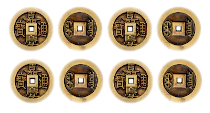
- ☯Eight Coins on Ba Qian with Dice Technique
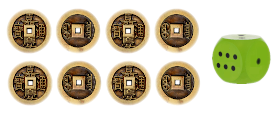
- ☯Eight Gemstones Augur

- ☯One 8-Sided Dice Technique

- ☯One 8-Sided & One 6-Sided Dice Technique
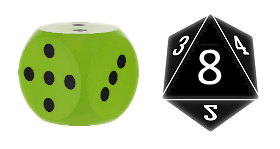
- ☯8 Cards Technique
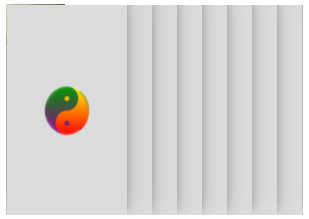
- ☯8 Cards & Dice Technique
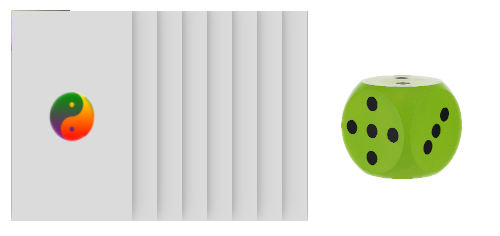
- ☯16 Cards & a Dice Technique
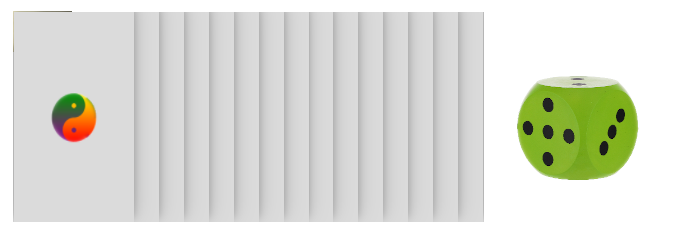
- All methods in this group share one important feature – the whole target hexagram gets produced in one shot. A special, additional casting may or may not be required to get the changing line(s).䷀Hexagram-based Techniques
- ☯Six Coins Technique

- ☯Six Coins & Dice Technique

- ☯Four 4-Sided Dice Technique

- ☯Two 8-Sided Dices Technique

- ☯64 Numbered Cards Technique

- ☯“Vase with 64 Labeled Sticks” Technique
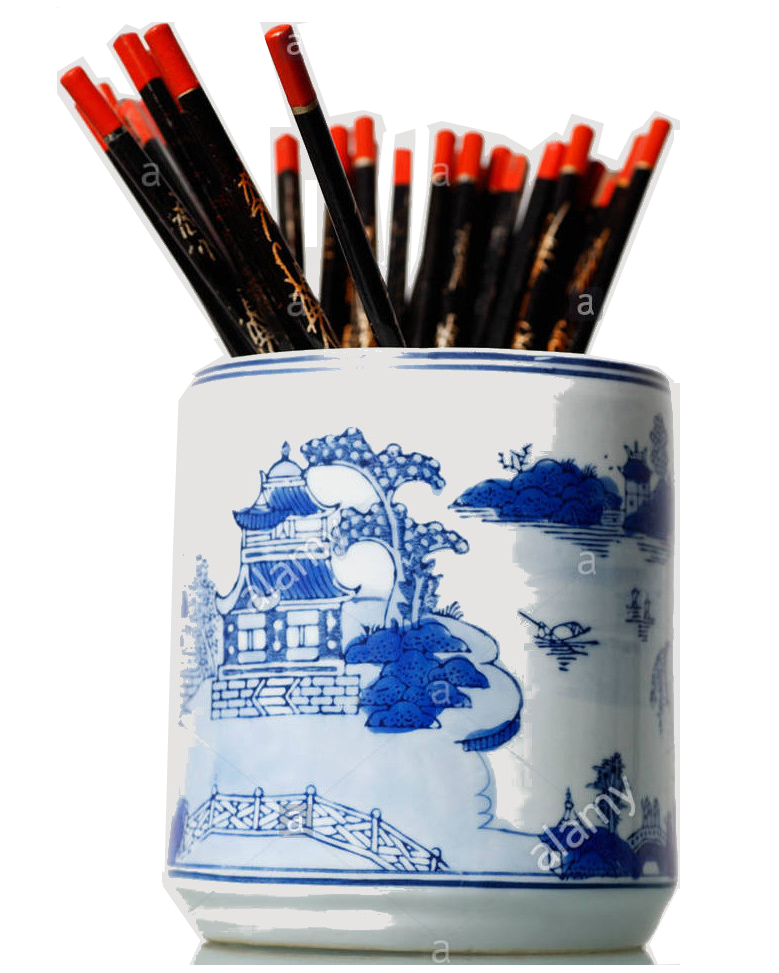
- ☯I Ching Book's Random Page Technique

- This group of casting techniques introduces important modern, alternative ways to consult I Ching Oracle. It is presented currently by two independent techniques - Mei Hua (Plum Blossom) and Na Jia divinations. The common thing in these two techniques is that they don't use I Ching text and line comments directly, but rather make your intuition work to interpret I Ching's Answer to your inquiry.䤚Alternative Casting Techniques
- ☯Mei Hua Technique (Plum Blossom)

- ☯Na Jia Technique䷀
Which Casting Method to Use
With variety of casting methods introduced to I Ching practice after tortoise shell and animal bones technique
you might be asking yourself – which casting method should I use and when?
I Ching traditionalists insist that Yarrow Stalks method takes a special, dominant place among other divination methods and should always be used before others. Some I Ching scholars say that, while all casting methods could look equal, some methods are “more equal than others” and that Yarrow Stalks Technique should be a preferred casting technique for everyone.
They provide two main arguments that Yarrows Stalk Technique is better than others.
- Duration of divination in modern casting methods is too short to compete with Yarrow Stalk Technique.
- Probabilities of getting moving Yin and Yang lines for modern methods are different from what you get in Yarrow Stalks method
Let’s analyze the first argument.
It is believed by I Ching traditionalists that the longer you get involved in casting session, the better your psychodynamics and a spiritual energy of your meta-conscious will get connected to the Universe, and subsequently - the more accurate answer you can expect from I Ching Oracle.
For example, Master Wu Wen says in his book ([9], page 57):
“Manipulation of Yarrow Stalks, which takes about 15 minutes to accomplish, engages you in spiritual communion with All-That-Is,
which is the heart and soul of the process. The coin method takes less than one minute.”
And this is Master Alfred Huang’s thoughts about I Ching casting ([8], page 10):
“Consulting an oracle with yarrow stalk takes at least 20 to 30 minutes to obtain a six-line Gua and thus provides a long period of time for the diviner to meditate. … It helps to make the body, mind and spirit work together. It induces a deeper level of awareness, where the divine and the diviner become closely connected.”
These reasonings look very logical, let’s admit that. So, does a tradition win here over a modern life?
Not really. And this is why.
Modern scholars of I Ching – especially from the West - provide valuable arguments for using modern casting techniques,
which are simpler and better aligned to the fast dynamics of modern life.
There is more, however, in the deeper level of reflection when we compare casting methods.
One group of modern I Ching scholars raise their doubts about exceptionalism of Yarrow Stalks Technique based on its prolonged duration.
They say that duration of casting hexagram can have unexpected side effect - only very few, well trained people can keep concentration
on their question for 15-30 minutes during monotonous, slow-paced and attention-demanding stalks manipulation.
So, the concentration on question itself can fade away in a first few minutes of casting to be easily replaced by concentration on
doing monotonous, mechanical job - handling the stalks.
Many people also agree, that a deep reflection on your question to I Ching and internalizing it in your own mind compensates
the “shortcomings” of swifter and more modern casting techniques.
They also say, that the most probable reason for Yarrow Stalk popularity in ancient times simply comes from the
yarrow stalks availability and not from any “scientific” advantages they could be bringing with themselves.
Let’s admit - while not everyone in ancient times could have the coins with them each time when they do a divination,
yarrow stalks were widely available for ancient Chinese household - one could easily pick them up from any back-yard or from the side of the road.
Second popular argument - importance of moving Yin-Yang line probabilities during the casting.
Many I Ching traditionalists' objection against modern casting methods is that probability of getting moving Yin and Yang lines
for modern methods are different from what you get in Yarrow Stalks method.
This, however is not a valid argument too, as the probabilities for Yarrow Stalks method itself are also different,
compared to even more original and historically first methods of divination based on tortoise shells and animal bones.
Note also, that the probabilities of getting moving lines in classic Yarrow Stalks method were the historical reflection
of a slow paced and semi-static character of ancient life at Confucius time, making changes less probable.
Nowadays life is different, hence the divination methods should be different too.
Modern versions of coin-, dice- and cards-based techniques are quick, accurate and better aligned to the fast-paced
realities of our life. If this is true, then the probabilities of getting moving Yang-Yin lines should also be different -
higher than in classic Yarrow Stalks method. And this is exactly what we get in many modern casting techniques.
It is also very much possible – if this is important for you – to use modified versions of modern divination methods
which produce mathematically equivalent results with Yarrow Stalks method but remain much swifter and much more continent
at the same time.
Electronic Casting.
We live in the day and age when computers and cell phones become the inseparable part of our lives.
They are much more common now than the yarrow stalks – no doubt about that. But does I Ching casting work well on a computer?
Our definite answer is “Yes”.
It is being said, that when reflecting on your question during the enquiry to I Ching Oracle you connect a meta-conscious
of your internal self to the Collective Consciousness of the Universe and this way you can benefit from I Ching Oracle
in its full extend. Casting procedure reveals the state of your inner-self and returns it back to you in form of casted hexagram.
Does a way you cast hexagram matter? This is how Master Alfred Huang wisely explains it in his book ([8] p.15):
The Chinese have saying: The type of the vehicle doesn’t matter as long as it gets you to your destination.
Any of these methods can get you to your destination.
And this what I Ching's esteemed scholar Harmen Mesker to say about it:
Accuracy is not determined by the method but by the user. If you don’t know how to interpret the answer from the Yi Jing then every method will be useless. So if you want to find out the accuracy of a method: try it out and see what it gives you. Personally I don’t care about the method that is used. What is important is what you do with the answer.
So, the final verdict is simple and clear – there is no superior or inferior casting techniques to get your result.
Each method has its own inner dynamics and overall appearance, but if done correctly will produce the same correct result.